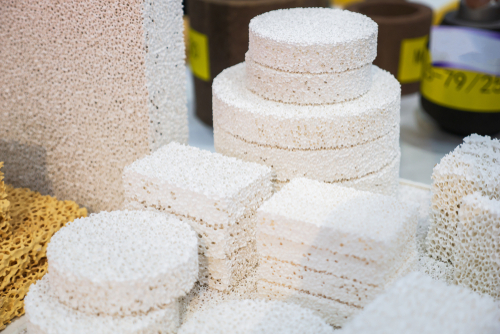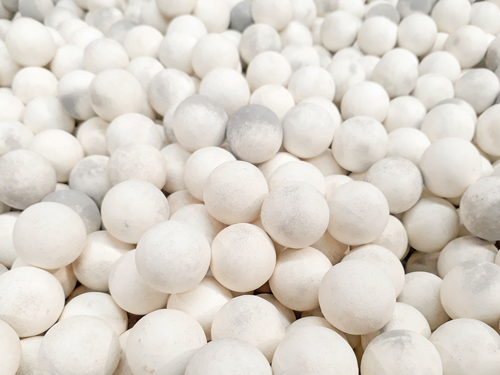Alumina is one of the most widely adopted technical ceramic materials fit for varied specialized applications. However, its properties of high hardness, but also very high brittleness, make various alumina ceramic components extremely difficult to properly machine. This is especially true for micro-structures, necessitating experience, as well as the most modern tools and equipment to manufacture correctly, making the production process interesting to explore.
What are the details on the process of alumina injection molding?

The process of injection molding components made from alumina is extremely popular, especially in the specialized fields of rocket engines and gas turbines. These parts require complex shapes, high hardness, high precision, as well as a very high temperature resistance. Let’s take a look at how this process manages to achieve this:
The flow of the process
Alumina ceramic injection molding typically includes four different stages – feed preparation, actual injection molding, as well as the processes of debinding and sintering. The basic flow of the process includes adding binders to the powder of alumina ceramic and evenly mixing until a viscoplastic feed forms.
After that, an injection molding machine places the mixture inside of a mold for the process of condensation. Once the debinding process finishes, the part can proceed to sintering.
Powder selection & optimization
The research into the process of adequate powder selection focuses on two categories. One of those categories researches γ-Al2O3, α-Al2O3, as well as their various combinations in varying proportions. The ratio of mixing the Al2O3 powders that possess different structures will cause injection molding bonding. There is also a very big difference in grain boundary diffusion, product shrinkage, feed fluidity, and agent ratio.
On the other hand, we have different composite materials that originate from doping different metal or ceramic materials based on Aluminum Oxide. Composite materials doped with MgO, Al, ZrO2, WC, Ti, SiC, and Cr3C2 in alumina can inhibit grain growth and enhance dislocation, improving mechanical properties of the end product.
What’s more, there’s research that suggests varying properties of products based on characteristics such as particle gap, surface area, powder shape, bulk density, and average size of alumina particles.
This means that one of the most important considerations for powder selection is also its particle size and regular shape, as these powders offer better fluidity, large filling amounts, as well as low shrinkage rates during sintering.
Binder selection
Once the technicians select the powder, it’s important to choose the binder as well. Binder affects the performance of feed injection and determines the performance of the final product. The selection of binder has two main considerations. First, the binder has to provide good fluidity and two, it has to ensure green body strength.
Injection process
The most important part of the injection molding process is to ensure proper control. If not, it will cause product defects the technicians won’t be able to pinpoint before debinding and sintering. That’s why it’s essential to control and optimize all the variables of the injection process.
Who makes durable and long-lasting alumina ceramic components?

However, don’t waste time exploring different providers of injection molding and turn to Wunder Mold immediately. We use advanced materials, cutting-edge technology, and the most modern tools and equipment to manufacture parts and components that will suit your requirements. We don’t cut corners, but we do focus on consistent quality of services. Reach out to us via phone or send us an email at sales@wundermold.com.